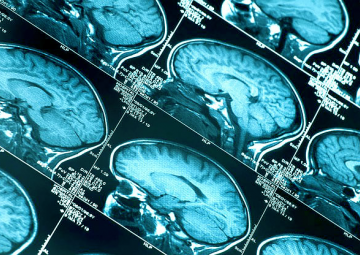Principal Investigators
Sebastian Köhler, Pauline Aalten, Frans Verhey
Contact: Seb Köhler
School for Mental Health and Neuroscience,
Department of Psychiatry and Neuropsychology,
Maastricht University, The Netherlands.
s.koehler@maastrichtuniversity.nl
Summary
| Country | The Netherlands |
|---|---|
| Principal Investigators | Seb Köhler, Pauline Aalten, Frans Verhey |
| Contact person (email) | s.koehler@maastrichtuniversity.nl |
| Key publication/reference | Douven et al. BMC Neurology 2016; 16:65 |
| Years in which study conducted | 2013-2016 |
| Sample | |
| Size | 250 |
| Population: Hospital/community | Hospital |
| Selection: consecutive/random | Consecutive |
| Admit with previous stroke? | Yes, if fully remitted, no residual symptoms |
| Admit with TIA? | Yes |
| Age range | 40+ |
| Number of centres | 1 |
| Control group: number, population, selection | None; cognition data are z-scores based on norm groups for age, gender and education from the Maastricht Aging Study |
| Assessment | |
| Initial: Time and data collected/tests administered | 3m after index stroke (baseline) |
| Detailed | 3m after index stroke (baseline) |
| Subsequent (follow-ups) | 6m after baseline (9m after stroke), 12m after baseline (15m after stroke) |
| Stroke-related data | Location, severity, volumetry |
| Functional tests/data | Barthel (ADL), Lawton (IADL), SS-QoL, |
| Other medical tests/data | MedHx; VRF; Immune function and inflammation (e.g. hsCRF, IL-6, TNF-a, sICAM, sVCAM, sE/sP-selectine); tHcy, folate, vit B12; standard lab; DNA buffycoats (e.g. ApoE, ACE, MTHFR); PAXgene tubes (RNA) |
| Neuropsychological tests | MMSE, Rey 15 Word Verbal Learning Test, Digit Span, Digit Substitution Test, TMT A and B, BADS Zoo & Key Search, Verbal Fluency, Clock drawing, Star cancellation, Boston Naming Test, Dutch Adult Reading Test |
| MRI scans, when and how many | Yes (3T; T1, T2, T2*/DWI, SWI, FLAIR) at baseline, with volumetry for stroke lesion (manual), WML (semi-auomatic, Rotterdam pipeline), hippocampus (LEAP); Fazekas and MTA visual rating scales |
| PET scans | No |
| Psychiatric exams/diagnoses | DSM-IV depression (MINI), dementia, NPI, MADRS, HADS, AES, Fatigue Severity Scale, NEO-FFI (personality) |
| Intervention trialled? | No |
CT=computed tomography scan, MedHx=medical history, VRF=vascular risk factors (hypertension, diabetes, atrial fibrillation, obesity, smoking etc.), NΨ=neuropsychological, TIA=transient ischemic attack, m=month, y=year




